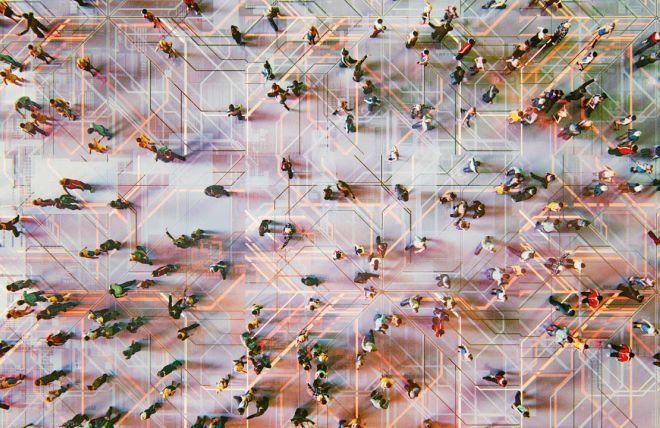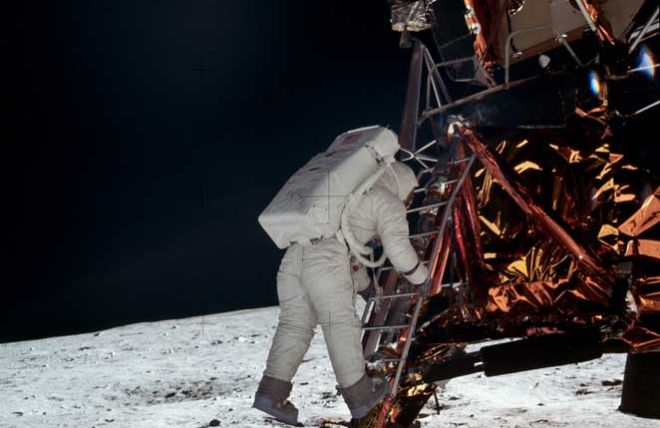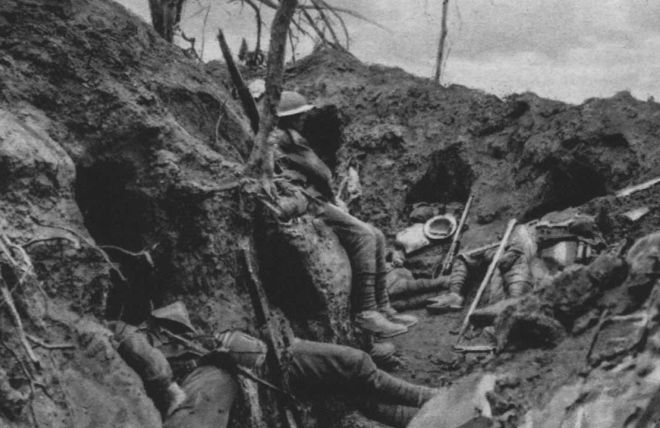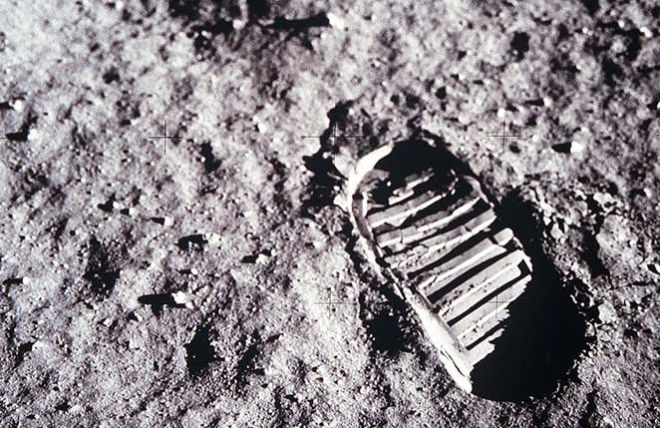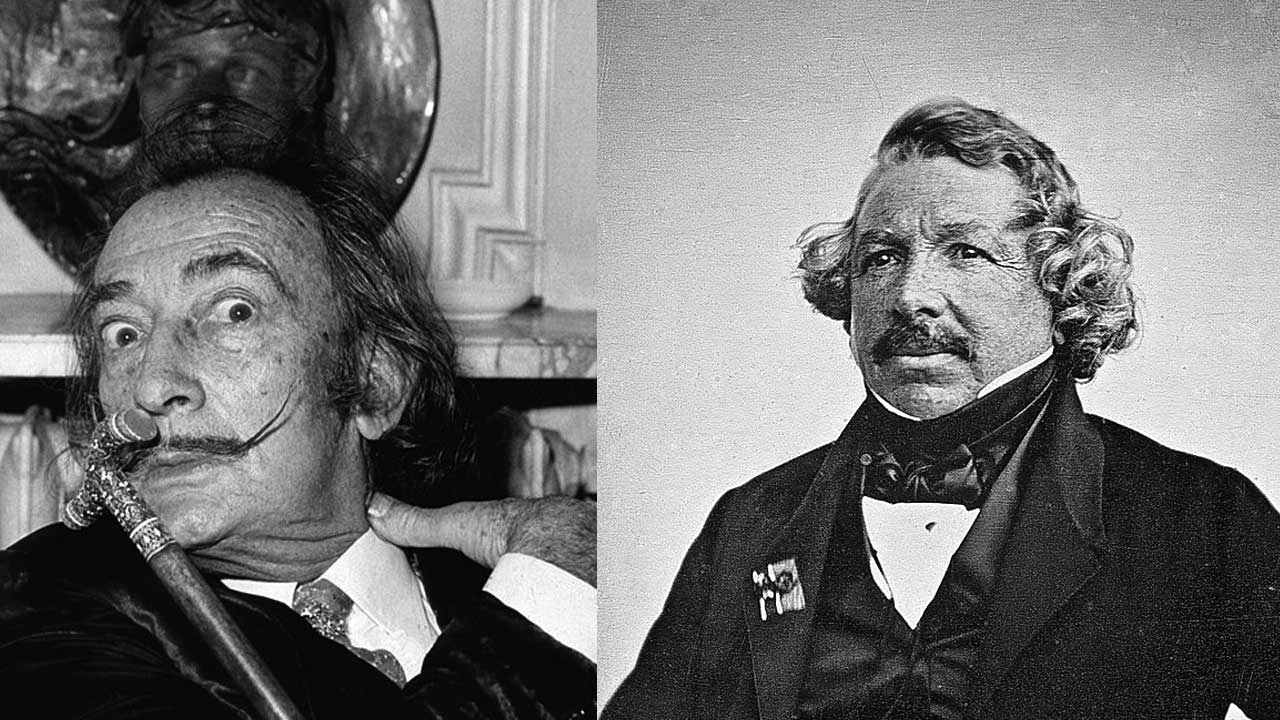
I woke up this morning to see that Google had produced a front page "Doodle" in honor of Louis Daguerre's 224th birthday. While I admit to being puzzled as to the significance of his 224th birthday (why not wait for 225?), nonetheless it piqued my interest. As some readers may know, through the 80's and 90's I was privileged to work as a commercial photographer for many of the world's leading high tech companies. What some may find surprising is that my interest in photography began largely as a result of a fascination with old photographs and the window they provided into a very different world.
Daguerre's creation changed the way mankind saw the planet... not just through the introduction of the photograph, but also by changing the scope of the visual arts.
Introduced in 1839, the Daguerreotype photo process started a 20 year sequence of events that resulted in more and more simple photographic processes, and ultimately in the art of Picasso. Not bad for a chemical process that yields a fragile image that can only be viewed at an angle.
For hundreds of years, artists had been judged largely on draughtsmanship..., the ability to draw accurately, and then render a "correct" image of the subject was the mark of talent. Perspective was conquered, control of shadow introduced a three dimensional quality to painting, and by the beginning of the 1800's most portrait artists could create a fair likeness of their subject. The best artists received the best portrait commissions, and we can be certain that the original client for the Mona Lisa was pleased by Da Vinci's accurate and lifelike rendition of his subject.
Photography changed painting. No painter could match the accuracy and detail of a fine photograph. By the 1860's photography was becoming cheaper and commonplace, to the point that the enlisted men of the Civil War armies would obtain portraits to be sent home to their families. The fear was that photography would "kill" painting as an art form. Instead it liberated the form and created a new means of expression in paint. It's not an accident that the dominance of photography as a portrait medium coincided with the explosion of ideas represented by Monet, Renoir, Sisley and others.
From 1860 on, photography's progress was a steady march of faster film, shorter shutter speeds, better lenses that arguably culminated in the work of Cartier-Bresson. Karsh might capture the decisive moment in his portrait of Churchill. Adams would show us the f64 beauty of the American West.
During the same period, painting as a plastic art re-invented itself. The impressionists made us feel the elements of a time and place..., Picasso broke our world into fragments that we'd never noticed before, Einstein explained general relativity, and Dali disturbed the time-space continuum.
A new technology (photography), changed an old technology forever and allowed it to morph into something new. If there was no Daguerre, there could be no Dali.
Today, photography is challenged by Photoshop, CGI rendering, and all the tools that digital technology puts at our disposal, in the same way that painting was challenged by photography.
I won't kid you..., photographs have ALWAYS lied. I spent a good number of years and made a good living by making photos that represented people, products, and ideas in a positive light..., the light I chose. The difference is that today's population understands that a photo can not be trusted. If Cameron Diaz appears on the cover of People magazine, we simply do not know if that's what she looks like. Is she taller, shorter, older, younger? There's no way to tell..., instead, she has become an avatar. She is what the photo editors tell us she is.
Watch now as photography reinvents itself.
